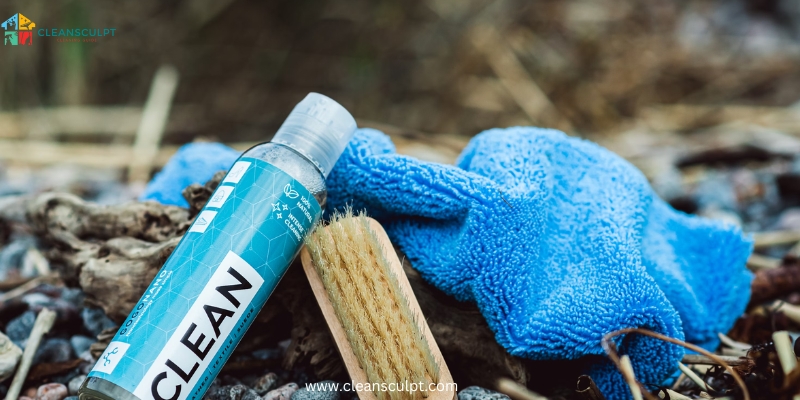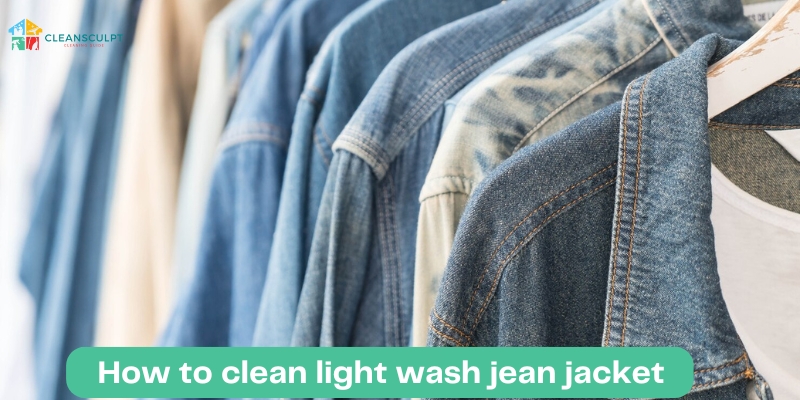How to Clean Grill Grates: Grill grates often get neglected, but keeping them clean is essential for delicious food and a well-maintained grill. This article will guide you through the process of cleaning grill grates efficiently. You’ll learn easy tips and alternative methods to ensure your grill is always ready for a perfect barbecue. Let’s dive into the details on how to clean grill grates effectively.
Why Clean Grill Grates Regularly?
Grill grates collect grease, food particles, and carbon deposits over time. These can affect the taste of your food and lead to uneven heating. Regular cleaning not only improves food quality but also prolongs the life of your grill. Let’s explore the best methods to keep your grill grates clean.
Tools and Materials Needed
Before starting, gather these tools and materials:
- Grill brush
- Dish soap
- Bucket
- Sponge or rag
- Baking soda
- White vinegar
- Aluminum foil
- Vegetable oil
Cleaning Preparation
- Cool Down the Grill: Always ensure the grill is cool before cleaning.
- Remove Grates: Take out the grill grates and place them on a flat surface.
Method 1: Scrubbing with a Grill Brush
- Scrape Off Residue: Use a grill brush to scrape off food particles and debris.
- Soak in Soapy Water: Fill a bucket with warm water and dish soap. Soak the grates for 15-30 minutes.
- Scrub Again: After soaking, scrub the grates again with the brush to remove remaining residue.
Method 2: Baking Soda and Vinegar Solution
- Create a Paste: Mix baking soda with water to form a thick paste.
- Apply Paste: Spread the paste on the grates, focusing on areas with stubborn grime.
- Spray Vinegar: Spray white vinegar over the baking soda paste. It will foam and help lift the grime.
- Scrub and Rinse: Scrub the grates with a brush and rinse with water.
Method 3: Aluminum Foil Ball
- Heat the Grill: Turn on the grill to burn off excess food particles.
- Use Aluminum Foil: Crumple a piece of aluminum foil into a ball and use it to scrub the grates.
Post-Cleaning Care
- Rinse Thoroughly: Ensure all cleaning agents are rinsed off completely.
- Dry Grates: Dry the grates with a clean rag or let them air dry.
- Oil the Grates: Apply a thin layer of vegetable oil to prevent rust and keep food from sticking.

Tips for Maintaining Clean Grill Grates
- Clean After Each Use: A quick brush after each use prevents buildup.
- Deep Clean Monthly: Perform a thorough cleaning at least once a month.
- Use Grill Mats: Grill mats reduce direct contact with the grates and make cleaning easier.
Quick Comparison of Cleaning Methods
Method | Pros | Cons |
Grill Brush | Easy to use, effective for daily use | Requires elbow grease |
Baking Soda and Vinegar | Natural, effective for tough grime | Takes more time |
Aluminum Foil Ball | No need for additional tools | Less effective for deep cleaning |
Frequently Asked Questions (FAQs)
How Often Should I Clean My Grill Grates?
It’s best to brush off food particles after each use and perform a deep clean once a month. This routine ensures your grill grates stay in top condition.
Can I Use a Wire Brush to Clean Grill Grates?
Yes, a wire brush is effective for removing stubborn residue. However, inspect the brush for any loose bristles before and after use to avoid any getting into your food.
What Can I Use Instead of a Grill Brush?
You can use a ball of aluminum foil, a wooden scraper, or a nylon scrubber as alternatives to a grill brush. These tools are effective and safe for cleaning grill grates.
Is It Safe to Use Vinegar on Grill Grates?
Yes, vinegar is a natural cleaner that helps break down grease and grime. It’s safe and effective for cleaning grill grates without leaving harmful residues.
How Do I Prevent Grill Grates from Rusting?
To prevent rust, always dry the grates thoroughly after cleaning and apply a thin layer of vegetable oil. Store your grill in a dry place or use a grill cover.
Can I Clean Grill Grates in a Self-Cleaning Oven?
While some recommend this method, it’s risky. The extreme heat of the self-cleaning cycle can damage the grill grates and the oven. Stick to safer cleaning methods.
Are There Any Commercial Cleaners for Grill Grates?
Yes, many commercial grill cleaners are available. Ensure the cleaner is safe for your specific grill grate material and follow the manufacturer’s instructions.
Conclusion
Keeping your grill grates clean is crucial for delicious and safe barbecuing. Regular maintenance ensures your grill performs at its best and lasts longer. Follow these tips and methods to enjoy hassle-free grilling every time.
For more cleaning tips and guides, Contact Clean Sculpt. We provide expert advice to help you maintain a spotless and well-functioning home. Happy cleaning!



















